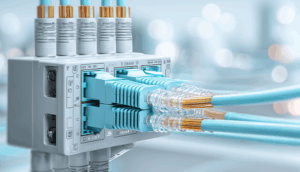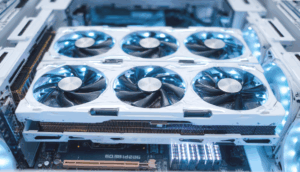The convergence of industrial technology and medical innovation is revolutionizing healthcare, and at the heart of this transformation lies the unsung hero: specialized industrial and medical-grade data communication cables. These cables aren’t just conduits for electricity; they are critical pathways for the vast amounts of data required for everything from patient monitoring to robotic surgery. The demands placed on these cables are immense. They must be reliable, durable, and capable of transmitting data at high speeds with minimal latency, all while adhering to strict regulatory standards related to biocompatibility and hygiene. The slightest disruption in data flow could have catastrophic consequences, highlighting the vital role these cables play in ensuring patient safety and operational efficiency.
Industrial-grade cables used in medical environments are designed to withstand harsh conditions. They often feature robust shielding to protect against electromagnetic interference (EMI) and radio frequency interference (RFI), which can be prevalent in hospitals and other medical facilities. Furthermore, they are built to resist chemicals, sterilization processes, and repeated flexing and bending. Consider, for example, the cables used in robotic surgery systems. These cables must maintain signal integrity even after thousands of cycles of movement, ensuring the surgeon has precise control over the robotic instruments. Similarly, patient monitoring systems rely on high-performance cables to transmit vital signs data accurately and reliably to central monitoring stations.
The rise of telemedicine and remote patient monitoring further underscores the importance of robust data communication cables. These applications require secure and reliable transmission of patient data over long distances. Industrial-grade cables, often employing fiber optic technology, provide the bandwidth and security necessary for these demanding applications. They ensure that healthcare professionals can access critical patient information in real-time, regardless of location. Moreover, these cables are essential for connecting medical devices to electronic health record (EHR) systems, enabling seamless data sharing and improving overall patient care coordination.
Material science plays a crucial role in the development of specialized medical cables. Biocompatibility is paramount, meaning that the materials used in the cable’s construction must not cause adverse reactions when in contact with the human body. This is particularly important for cables used in implantable medical devices. In addition to biocompatibility, materials must also be resistant to sterilization processes, such as autoclaving and chemical disinfection. Manufacturers are constantly innovating to develop new materials that meet these stringent requirements while also providing superior electrical and mechanical performance. Examples include using specialized PVC compounds, polyurethane elastomers, and fluoropolymers to create cables that are both durable and biocompatible.

Looking ahead, the demand for high-performance industrial and medical cables will only continue to grow as healthcare becomes increasingly digitized and interconnected. Innovations such as 5G connectivity, artificial intelligence, and the Internet of Medical Things (IoMT) will further drive the need for robust and reliable data communication infrastructure. These cables are the silent workhorses that enable these technologies to function effectively and safely, and their importance in shaping the future of healthcare cannot be overstated. As the medical field embraces new technologies, these cables will play an increasingly critical role in ensuring patient safety, improving clinical outcomes, and driving innovation across the entire healthcare ecosystem.
